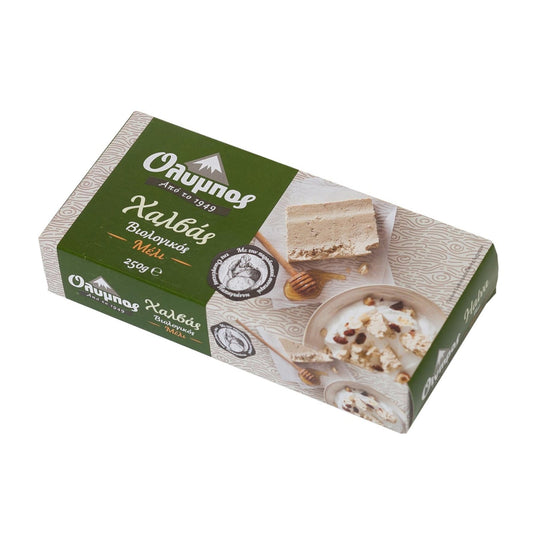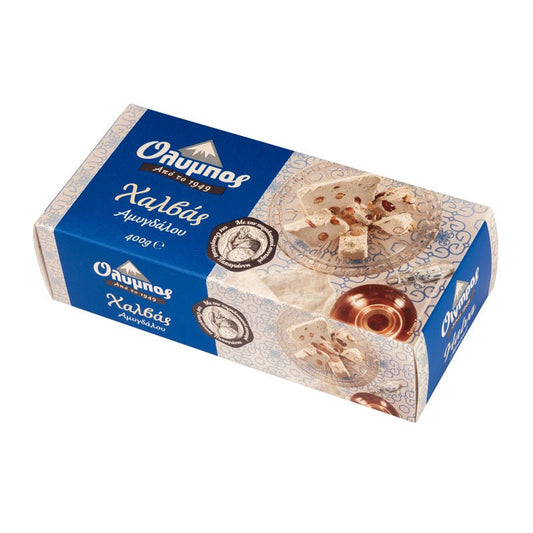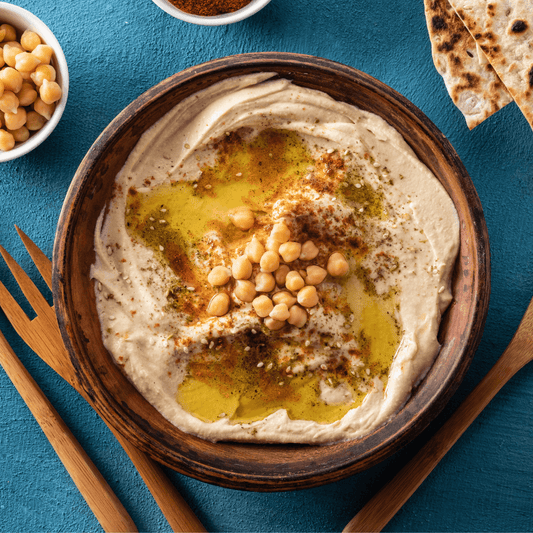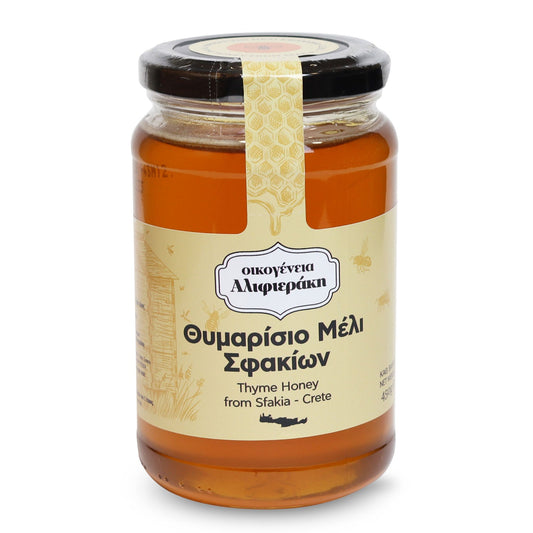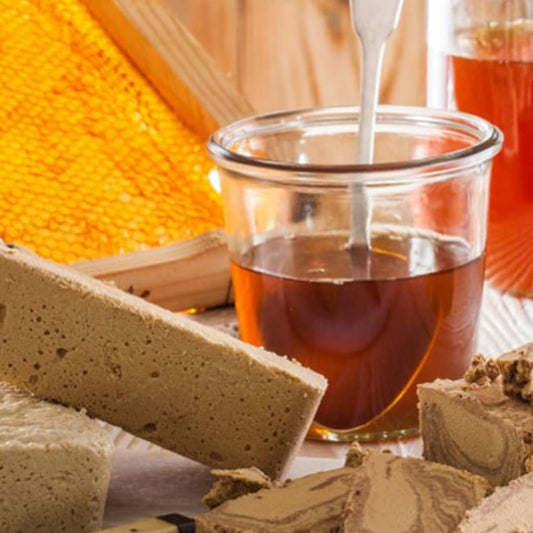Halva is a healthy snack that can be eaten at any time, solely or with bread, tea, coffee, or wine. The taste is sweet and comes in many different textures and flavors. This usually depends on the additional ingredients like peanuts, almonds, pistachios, chocolate, and others.
Many people say that the taste is in the same category as nut butters or peanut butter. Indeed, halva is one of those dishes served from the Balkans to India and claimed as their own by virtually every culture and country in between. Basic halva, as found in the Balkans and Turkey, is a simple dessert (one of the most common versions is made by cooking semolina). There are many versions, let's have a deep look at it.
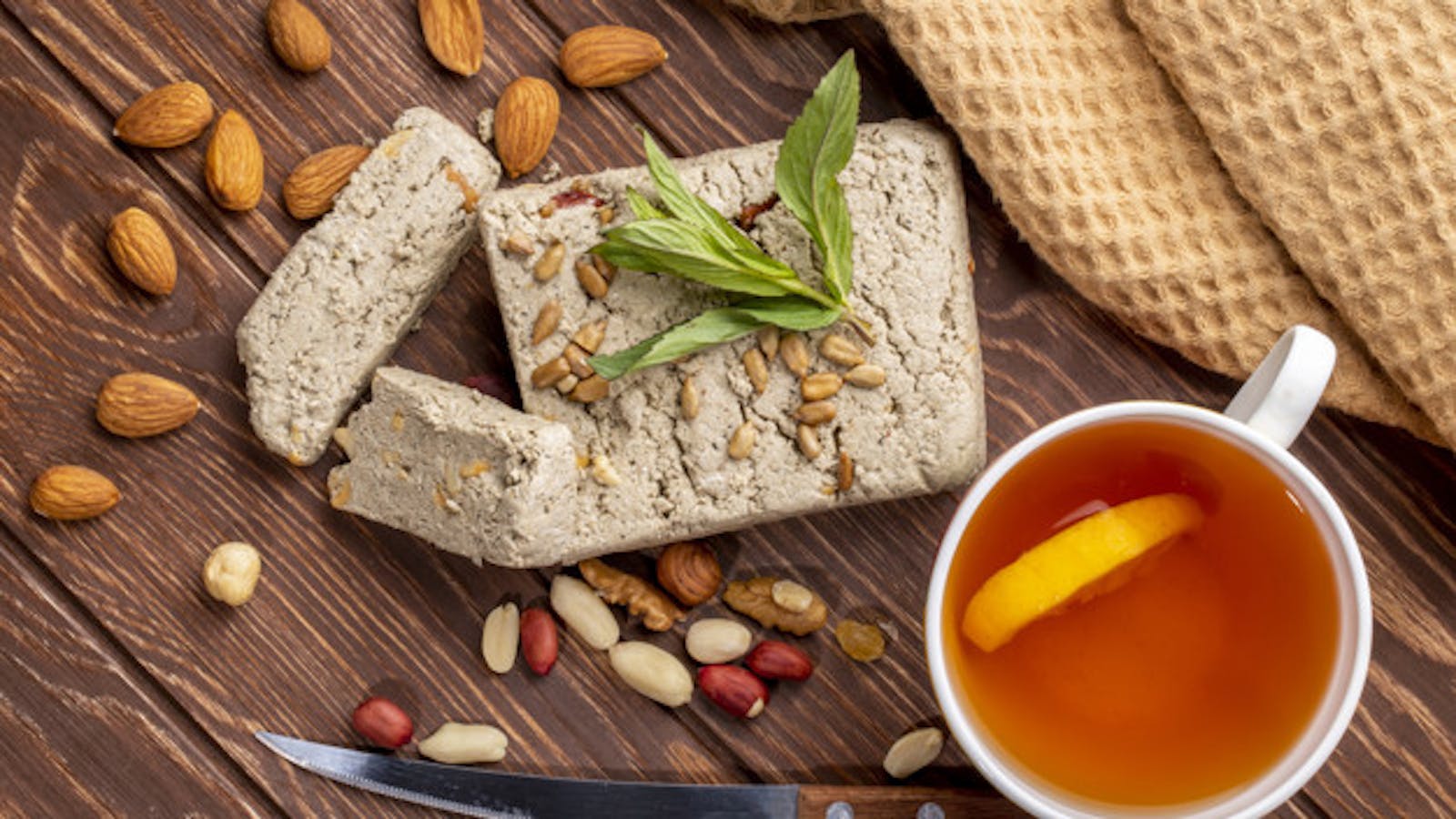
The long history of Halvas
The first known written halwa recipe appeared in the Arabic Kitab al-Tabikh (The Book of Dishes) from the early 13th century. According to Alan Davidson of The Oxford Companion to Food, halwa is an Arabic dish. Eight different types of halva and their recipes are mentioned in Middle Eastern culture.
Food historians suggest that the halva was found sometime in 3000 BC. As old as the hills and their roots. The word "halava" is considered Arabic and has its origins in the word "halwa", which means "sweet dish" or "sweet meat".
The Aegean flavour: Greek Halva
There is a specific recipe for handmade traditional Greek halva: it is made from tahini (crushed, peeled sesame seeds), sugar syrup 41%, sugar 5.5% and vegetable oil 2% with additional different textures (nuts) and flavors.
The traditional Greek semolina-based halva recipe is often referred to as "1-2-3-4" as the proportion of ingredients needs to be added since it takes one unit of oil, two semolina, three sugar, and four water. If you've never tried Greek semolina halva, you'll be amazed by the delicious taste of these 4 humble ingredients combined. In making the recipe, the semolina is first toasted in oil and then soaked in hot syrup with the flavors and mixtures of cinnamon and clove.
For the Greeks, this sweet treat is one of the main Lenten sweets, especially the variety made with tahini and sold in block or brick form. This type of halva is called Makedonikos Halvas (Macedonian Halva). It is usually sold by weight and is plain, chocolate-flavored, or topped with nuts. Greeks like to eat Makedonikos Halvas, sprinkled with lemon juice and cinnamon.
Although halva is common across Greece, it seems very likely that the etymology and possibly the origin of the dish are Turkish. According to the "Classic Turkish Dictionary", the word "halva" means sweet in Turkish, but has evolved and is mainly associated with the name of the sweet in question.

What is the right name: Halva, Helva, Halwa, or Halvah?
The name has made a long journey, which is why it has been defined as Halava in Sanskrit, Halawa in Egypt, Halvas in Greece, Halvah in Hebrew, Hilwa or Halawi in Arabic, Helva in Turkey, and Halva in India.
According to some other legends, the method of cooking halva has its roots in the Ottoman Empire. In the "Turkish Cookbook", Nevin Halici writes that Halva - or Helva, as it is called in Turkey - is the oldest dessert in Turkish cuisine.
One of the most famous lovers of sweets was Suleiman the Magnificent (1520-1566), the longest reigning sultan of the Ottoman Empire, who built a special kitchen called Helvahane (House of Halva) next to his palace. 30 types of sweets were made. One made with sesame tahini was adopted by Ottoman-ruled Romanians who passed it on to Ashkenazi Jews in Europe. It was this version that made the transatlantic voyage to America in the early 20th century.

In the 17th century, Istanbul's elite hosted lavish dinners called helva dinners. At these Helva dinners, the sweet was served as a kind of interlude between discussion and conversation sessions. Helva dinners are still held in some parts of Anatolia today.
Today, Helva is still a very popular sweet in Turkey, which is used on special occasions, but especially for marking births and deaths. There are different versions like "Kara Topak Helva", "Un Helvasi", "Irmik Helvasi".
In the Gulf States, "halwa" can be made from cornmeal, butter, sugar, nuts, cardamom, and saffron, and served in small containers like individual puddings. It is one of the most widely consumed sweets, usually drunk with coffee and served to visitors. One also comes across the tahini-based version, to which an emulsifier called saponins, an extract from the roots and bark of a tree called Saponaria Officinalis, is added. This version is known as "rahash" in the Gulf and "halwa shamiyah" in the Maghreb countries.
In Bahrain, Kuwait, and Qatar, we encounter the "Sembosa Helwah", which is made from ground almonds, sugar, cardamom, saffron, rose water, flour, oil, and water. The ingredients are kneaded and fried together, and the dish is often prepared for wedding parties.
In Iran, halva is sometimes translated as saffron cake and is mostly made by browning flour over medium heat in a small saucepan. They often use a candy thermometer and check the mix with a wooden spoon if it has reached a soft ball stage. Then, the mixture is spread out in a shallow bowl (or loaf pan) and garnished with pistachios.
But of all the countries in the east, India has by far the most unusual recipes. In northern India, as well as in Maharashtra, Tamil Nadu, and Karnataka, the most common type of halva - the Indian sooji halwa - is essentially the sooji / rava confectionery (semolina), which is below adding water, fat, sugar, and water is made additives. This is very similar to the Greek tradition of halva, which is referred to there as 1 2: 3: 4, as the proportion of the ingredients that are to be added to the pulpy confectionery (fat, semolina, sugar, and water).
Ultimately, the halva spread to the Middle East, the Mediterranean, Central Asia, and the subcontinent. In each new locale, the name and ingredients have changed slightly.

Health benefits of Halva
Tahini and halva both have many health benefits. In fact, their benefits come from the sesame seeds. Tahini is made from 100% ground sesame seeds, while 50% of the halva is made from tahini. Sesame oil is known as the "queen of oils".
Some of the health benefits are the following:
- Nourishes the body
- Promotes cell integrity and function
- Enhances vitamin E activity
- Keep your heart healthy
- Supports immune response
- Protects the skin
But...There are a few things to keep in mind when consuming halva. Sugars are highly present in halva. Extra sugar increases the number of calories in your diet without providing essential nutrients. Also, consider the safety of this product. This doesn't mean you can't eat halva, just that you should only enjoy it occasionally and in moderation.
In Greece, there are different types of flavors. We can highlight some of them - Halvas with almonds, Halvas with cocoa, Halvas with honey, or dark chocolate. We even combine it with ice cream!
You are just one click away from the best Greek halva!




